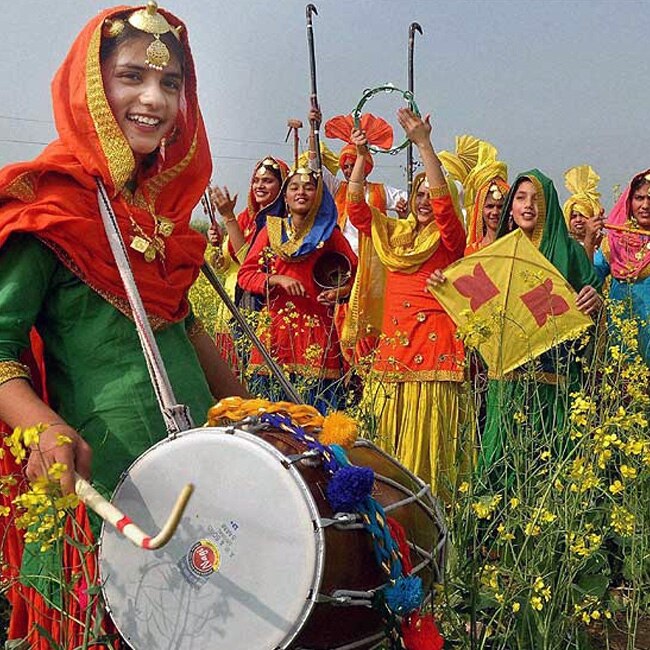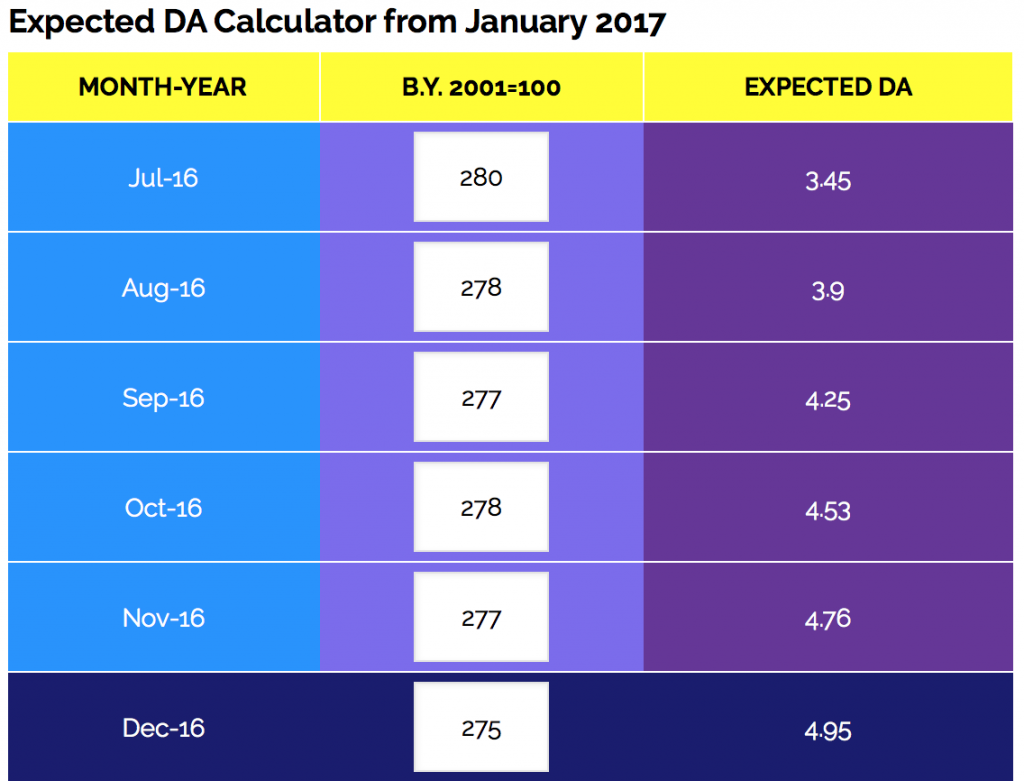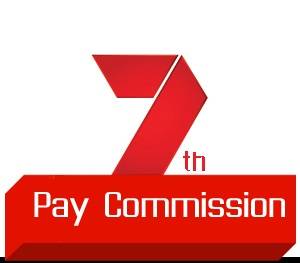
Consolidated Transfer policy to the regular transfers of officers/officials of the DOP
Consolidated Transfer policy to the regular transfers of officers/officials of the Department of Posts other than the Officers of Indian Postal Service, Group A
...
Read More ->>














 →
→











